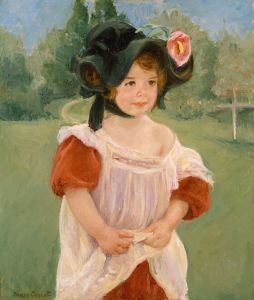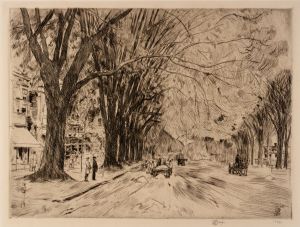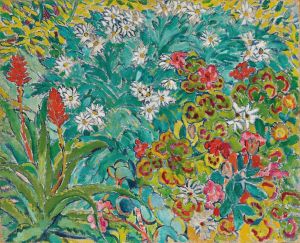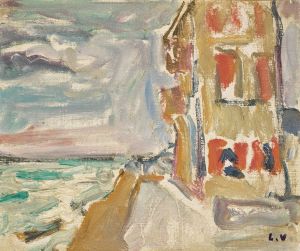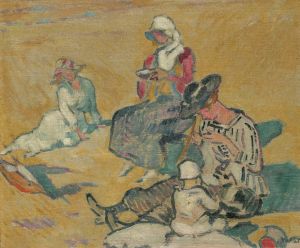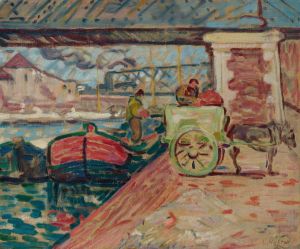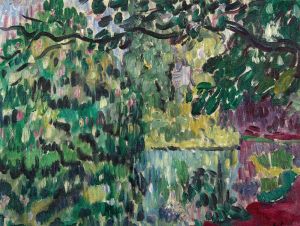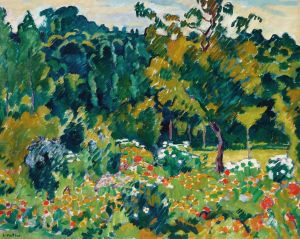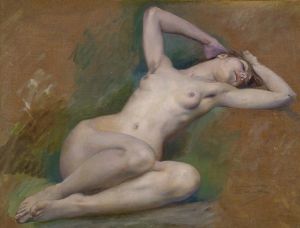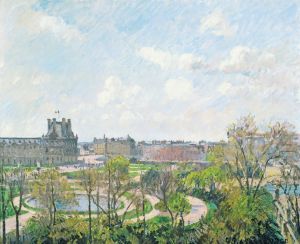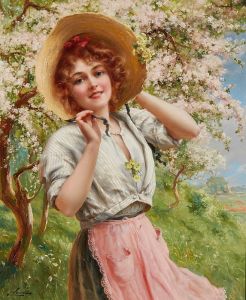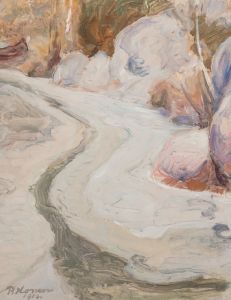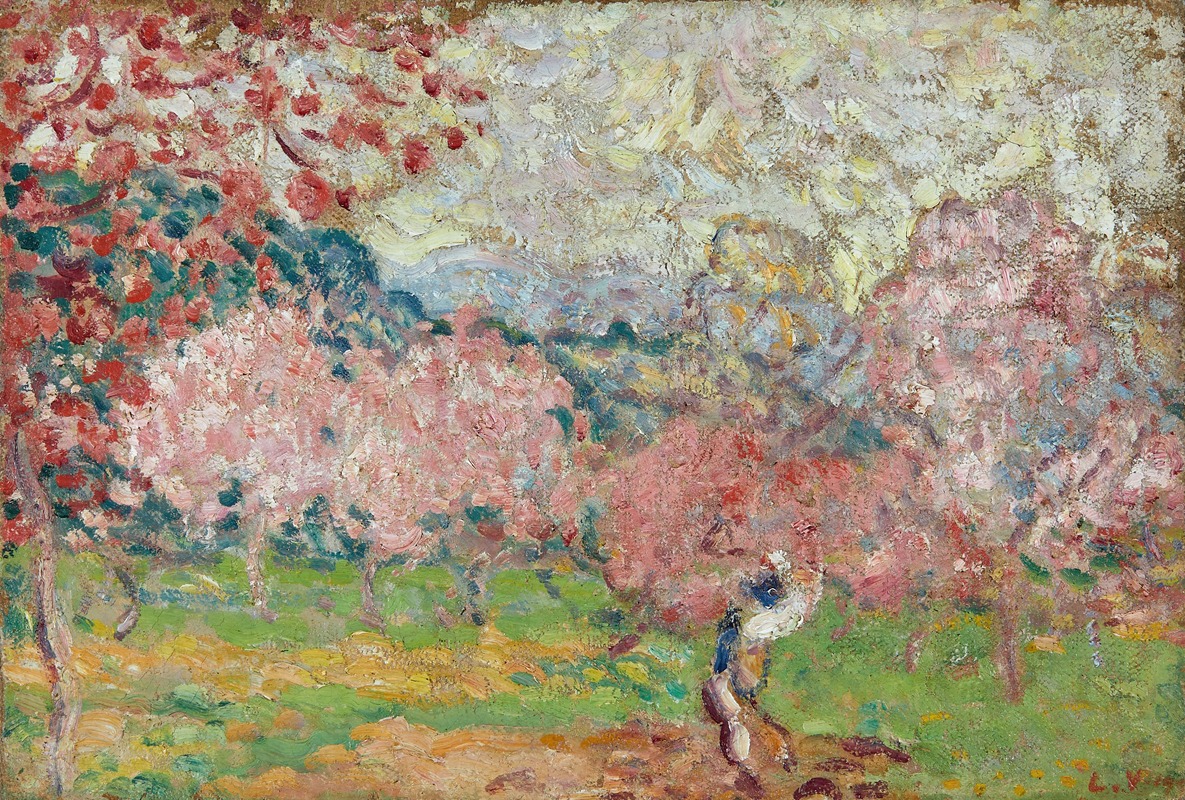
Cerisiers en fleurs, Cagnes
A hand-painted replica of Louis Valtat’s masterpiece Cerisiers en fleurs, Cagnes, meticulously crafted by professional artists to capture the true essence of the original. Each piece is created with museum-quality canvas and rare mineral pigments, carefully painted by experienced artists with delicate brushstrokes and rich, layered colors to perfectly recreate the texture of the original artwork. Unlike machine-printed reproductions, this hand-painted version brings the painting to life, infused with the artist’s emotions and skill in every stroke. Whether for personal collection or home decoration, it instantly elevates the artistic atmosphere of any space.
Louis Valtat was a French painter associated with the Post-Impressionist movement, known for his vibrant use of color and innovative approach to form. Born on August 8, 1869, in Dieppe, France, Valtat was a contemporary of artists like Henri Matisse and Pierre Bonnard. He studied at the École des Beaux-Arts and the Académie Julian in Paris, where he developed his distinctive style that combined elements of Impressionism and Fauvism.
One of Valtat's notable works is "Cerisiers en fleurs, Cagnes" (Cherry Trees in Bloom, Cagnes), which exemplifies his skill in capturing the essence of nature through bold colors and dynamic compositions. Painted in the early 20th century, this piece reflects Valtat's fascination with the natural landscape and his ability to convey the vibrancy of blooming cherry trees.
The painting depicts a scene in Cagnes-sur-Mer, a picturesque town in the Provence-Alpes-Côte d'Azur region of southeastern France. This area was a popular destination for artists of the time, including Pierre-Auguste Renoir, who also lived and worked there. The region's unique light and lush landscapes provided endless inspiration for painters seeking to explore new ways of representing nature.
In "Cerisiers en fleurs, Cagnes," Valtat employs a vivid palette, using bright pinks, greens, and blues to bring the cherry trees to life. His brushwork is expressive and loose, capturing the movement and energy of the scene. The composition is balanced yet dynamic, with the flowering trees dominating the foreground and leading the viewer's eye through the landscape.
Valtat's approach to color and form in this painting reflects the influence of both Impressionism and Fauvism. Like the Impressionists, he was interested in capturing the effects of light and atmosphere, but his use of color is more intense and non-naturalistic, aligning with the Fauvist emphasis on emotional expression through bold hues.
Throughout his career, Valtat remained somewhat on the periphery of the major art movements of his time, maintaining a unique style that resisted easy categorization. Despite this, he exhibited widely and gained recognition for his contributions to modern art. His work, including "Cerisiers en fleurs, Cagnes," continues to be appreciated for its vibrant color, innovative composition, and the joyful depiction of nature.
Valtat's paintings are held in various public and private collections worldwide, and his legacy is that of an artist who bridged the gap between Impressionism and the more radical developments of early 20th-century art. "Cerisiers en fleurs, Cagnes" stands as a testament to his ability to capture the beauty and vitality of the natural world, inviting viewers to experience the joy and energy of a landscape in full bloom.





